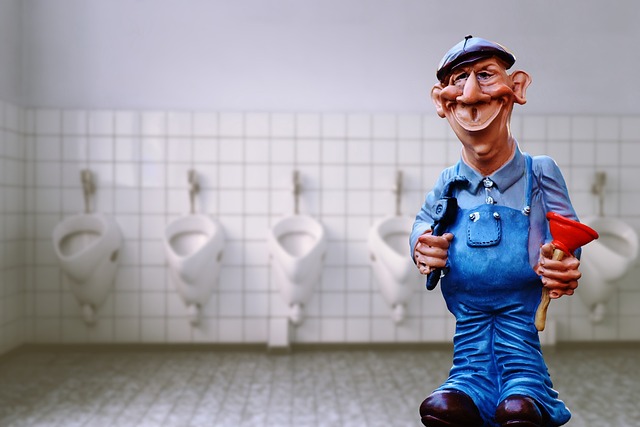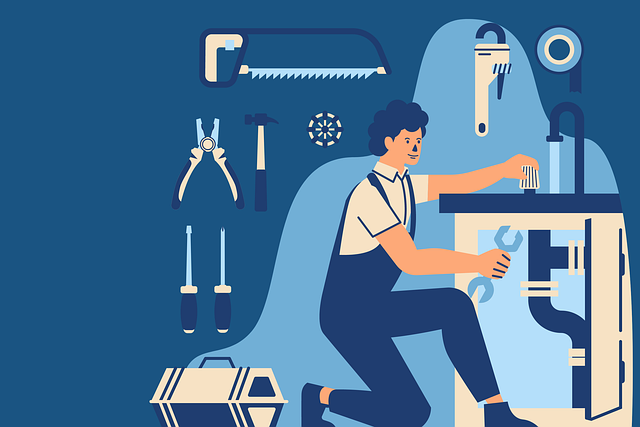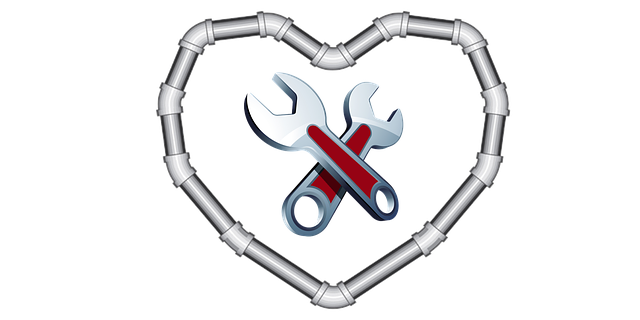Running toilets are a common household problem driven by leaky flapper valves, faulty fill valves, or incorrect float settings. Regular maintenance checks can prevent these common plumbing issues and save money on water waste. Simple repairs like replacing a flapper can stop leaks, but complex problems may require professional help. Promptly addressing these issues not only conserves resources but also prevents further damage.
Struggling with a toilet that won’t stop running? You’re not alone. Common plumbing issues, especially persistent runners, can be frustrating and costly if left unattended. This guide tackles the most frequent toilet problems head-on: from leaky flux to clogged drains. We’ll help you identify the culprit, offer troubleshooting tips for DIY repairs, and provide maintenance advice to keep your toilet running smoothly in between visits from a professional plumber.
Identifying the Culprit: Common Toilet Problems

Toilets that keep running are a common plumbing issue, often indicating a problem within the flushing mechanism or a leak. Identifying the culprit requires understanding the various common toilet problems. One of the most frequent culprits is a leaky flapper valve, which allows water to continuously flow into the bowl after each flush. Over time, this can lead to significant water waste and higher utility bills.
Another prevalent issue is a faulty fill valve or ballcock. These components control the water level in the tank after flushing. If they malfunction, the toilet may constantly run as the tank refills repeatedly. Additionally, problems with the float or flush lever can cause the toilet to flush continuously, exacerbating water wastage. Addressing these common plumbing issues promptly not only saves money but also conserves precious resources.
– Leaking toilet: causes and repair solutions

A leaking toilet is one of the most common plumbing issues homeowners face. The good news is that many leaks can be easily repaired with a few simple steps. Causes of a running toilet typically include a faulty flapper valve, worn-out seals, or an improper flush valve. The flapper valve controls water flow from the tank to the bowl during flushing. Over time, this component can wear out, causing continuous leakage.
To fix a leaking toilet, start by identifying the source of the leak. If it’s the flapper, replacing it is often as simple as unscrewing the old one and screwing in a new, properly sized flapper. For seal issues or improper flush valves, professional assistance might be needed to ensure the problem is correctly diagnosed and resolved. Regular maintenance, such as checking and tightening connections and replacing worn-out parts, can prevent future leaks.
– Running toilet: understanding the constant flow

A running toilet, often a common plumbing issue, is more than just an annoying sound. It signifies a constant flow of water, typically from the tank to the bowl, even when it’s not in use. This persistent discharge can be caused by several factors, each demanding unique attention. The most prevalent culprits include a leaky flapper, which allows water to spill out; a faulty fill valve that keeps refilling the tank prematurely; or an improper float adjustment, leading to overfilling. Understanding these common plumbing issues is the first step towards fixing a running toilet effectively.
Toilet issues, while seemingly small, can lead to significant water waste and increased plumbing costs. By identifying common problems like a leaking or running toilet, you can take proactive measures to address them. Understanding the root causes, whether it’s a faulty flapper or a misaligned float, is key to efficient repairs that save both time and money. Familiarizing yourself with these basic troubleshooting techniques not only helps you maintain your plumbing system but also contributes to sustainable water usage practices, making it a win-win for your wallet and the environment alike.
